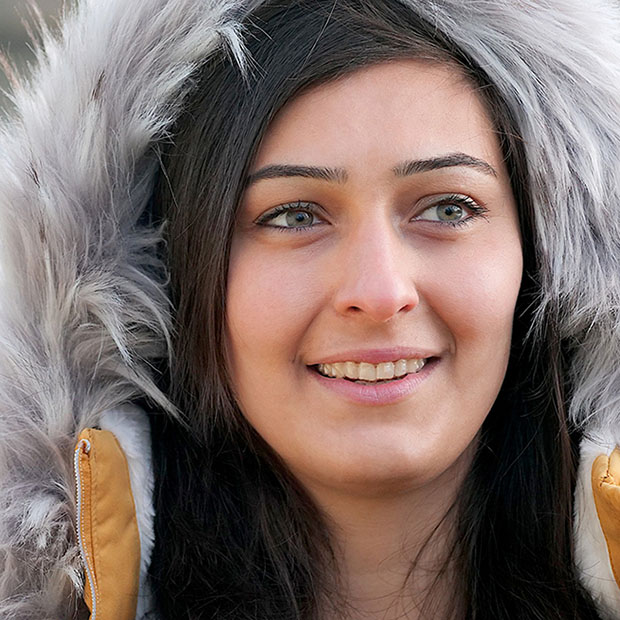How Braces Have Changed Across History

Picture an ancient Egyptian in braces. That mental image might not be too far from accurate.
Admittedly, they used catgut and metal bands, and it was likely only part of burial rituals to make the dead person’s teeth look nice for the afterlife, but it’s still pretty cool. Other examples of ancient orthodontics were used in Ancient Greece and by the Etruscans, but let’s take a look at how braces have changed over the course of history.
The First Orthodontics
Around 400 BC, the ancient Romans were the first to use braces to straighten the teeth of living people. After about four centuries, Aulus Cornelius Celsus theorized that it may be possible to guide teeth into their correct position by manually applying pressure as they grow in. (Modern orthodontic research doesn’t support this theory, so don’t try it as a substitute for phase 1 orthodontics.)
The “Father of Modern Dentistry” and Braces
Despite the early efforts of those ancient Romans, not a lot happened for orthodontics until Pierre Fauchard came along in the 1700s. He invented a horseshoe-shaped piece of metal with holes throughout it called a bandeau. It was held in place with silk threads and meant to straighten teeth. He also pioneered an early version of dental splinting by tying two teeth together to keep a healing tooth in place.
https://www.youtube.com/watch?v=rZ6olU5LQcE
We like Fauchard’s ideas better than Christophe-François Delabarre, who thought it would be a good idea to put wooden wedges between each tooth to treat crowding. No thank you!
Braces As We Know Them
The first form of headgear, called “occipital anchorage,” was developed in 1822 by J.S. Gunnell. In 1880, Edward Hartley Angle, the man we consider the father of modern orthodontics, formally identified the different types of bad bites (or malocclusions) and developed appliances to correct them.
Technology was a major limiting factor for all of these early orthodontists because they didn’t have things like bonding agents that make it possible to mount brackets onto the front of teeth. Instead, they had to wrap metal completely around each tooth in order to move them. When dental adhesive hit the scene starting in 1949, along with affordable stainless steel in the ‘70s, that began to change dramatically. Invisible aligners changed the game again in the late ‘90s.
The Wide Variety of Modern Orthodontic Options
No one in history has had it better for orthodontic treatment than we do in the 21st century. We stand on the shoulders of giants in the orthodontic field, and we can benefit from everything they discovered and built. Not only is treatment tailored to every patient’s individual needs, there are different types of appliances to choose from. Traditional braces with brackets and wires are often still the most effective option, but invisible aligners are great for people who want to avoid the banned foods list and keep a low profile with their treatment.
Schedule Your Initial Consultation
If you’ve been putting off orthodontic treatment for yourself, or if you have a teenager who might be ready to straighten their smile, don’t hesitate to schedule an appointment! We can create the best plan for your teeth so that you can get the straight smile you deserve.
